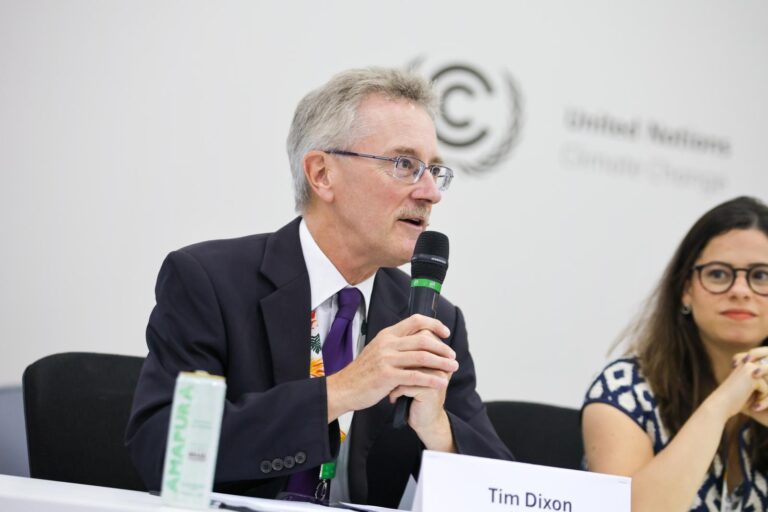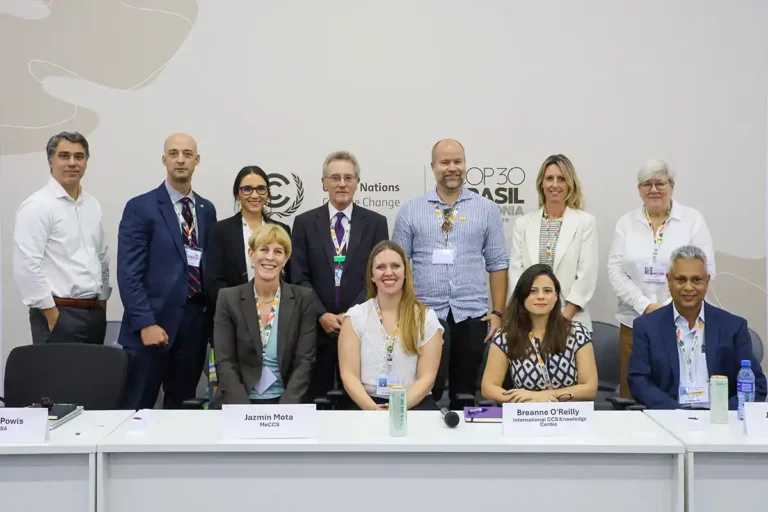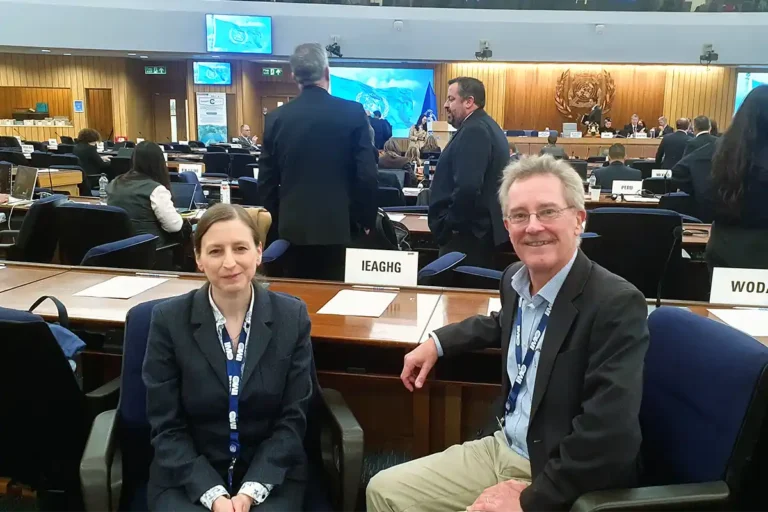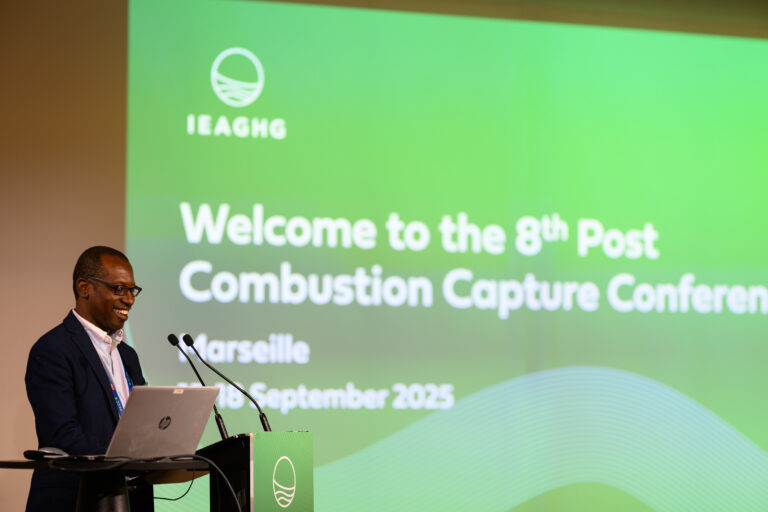
383 million tonnes of CO2 permanently stored underground, a new report shows
17 November 2025
A new report was released today led by Imperial College academics which published the first audited total amount of industrial CO2 permanently stored in geological reservoirs through CCS.
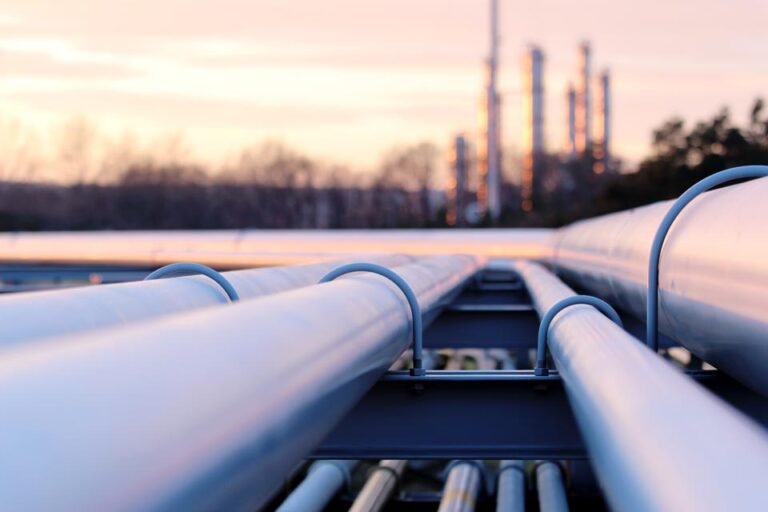
A new report was released today[1], led by Imperial College academics, headed up by Professor Sam Krevor and Dr Xiaowei Gao, which published the first audited total amount of industrially derived CO2 permanently stored underground through carbon capture and storage (CCS)[2]. The record, since 1996, shows that 383 million tonnes of CO2 have been sequestered up to 2024.
The London Register of Subsurface CO₂ Storage is an initiative funded by the UK’s Royal Academy of Engineering that details the progress of CCS; starting with a single pioneering project in Norway in 1996 to what is now a growing global industry. The project is supported by a consortium of over 15 leading international experts, including IEAGHG, with representations from academia, research institutes, and trade organisations. The project is designed to provide annual quantities of CO2 permanently stored underground from operational projects.
By tracking the developments of stored CO2 in projects worldwide, three distinct phases of growth can be observed:
- Pioneering Phase (1996-2007). Initial projects such as Sleipner in Norway, Weyburn-Midale in Canada and China’s Zhongyuan project are early entrants contributing less than 3 million tonnes per year and successfully proved the technical feasibility of geological storage.
- North American Expansion (2008-2015): New projects brought the total to 18 facilities and boosted annual storage totals to 7-14 million tonnes of CO2 per year. North America dominated, with the exception of the Brazilian Santos Pre-Salt project.
- Global Scaling (2016-2023): International large-scale deployments and new market entrants, from 35 reporting projects, increased injection rates to 45.2 million tonnes per year. In 2023, the most significant contributions to the totals come from just two projects: the Seminole San Andreas Unit (3.9 million tonnes) and the Brazilian Pre-Salt project (13 million tonnes).
This report differs from the GGCSI’s Global Status of CCS reports,[3] which focus on capture capacity. In their recent report, this stands at 64 million tonnes per year and has risen around 25% year on year. Future projects in the pipeline forecast a significant increase in future capacity, so we expect that stored CO2 will follow suit in due course. These volumes and this progress are significant, with current storage rates comparable to emissions mitigated by other renewable and decarbonisation technologies. However, the trajectory of CCS and other decarbonisation efforts needs to continue at pace to help deliver global warming pledges, with up to a gigatonne or more CO2 storage per year required by 2050. We look forward to tracking global progress through this register in the future.
References
[1] Gao, X., & Krevor, S. (2025). The London Register of Subsurface CO₂ Storage: 2025 Annual
Report. Imperial College London. https://imperialcollegelondon.github.io/The-London-
Register-of-Subsurface-CO2-Storage/
[2] This includes by CO2-EOR, all sources of CO2 and storage type are clearly referenced in the database.
[3] https://www.globalccsinstitute.com/wp-content/uploads/2025/10/Global-Status-of-CCS-2025-report-9-October.pdf
Other articles you might be interested in
Get the latest CCS news and insights
Get essential news and updates from the CCS sector and the IEAGHG by email.
Can't find what you are looking for?
Whatever you would like to know, our dedicated team of experts is here to help you. Just drop us an email and we will get back to you as soon as we can.
Contact Us Now

